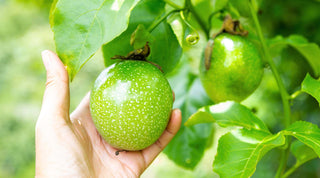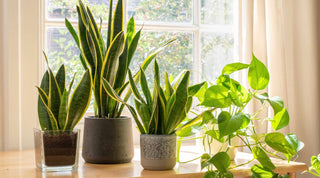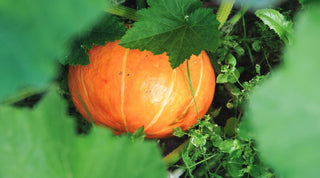Grow bag gardening has surged in popularity among gardeners of all levels, thanks to its versatility, ease of use, and the myriad of benefits it offers.
Whether you're short on space, dealing with poor soil conditions, or simply looking for a flexible gardening option, grow bags provide an excellent solution. In this blog post, we will delve into how to build and manage a successful grow bag garden and explore the top benefits that make this method so appealing.
👉 Product we Like: Grow Bag Garden Kit
Building Your Grow Bag Garden
-
Choosing the Right Grow Bags: Start by selecting high-quality grow bags made of breathable, durable fabric. These come in various sizes, from small bags for herbs to large ones for vegetables and small trees. Ensure the bags have good drainage to prevent waterlogging.
-
Selecting the Location: Place your grow bags in an area that receives ample sunlight, ideally 6-8 hours per day. Grow bags can be placed on patios, balconies, or any well-lit space. The portability of grow bags allows you to move them to optimize sunlight exposure.
-
Preparing the Soil: Fill the grow bags with a high-quality potting mix that retains moisture yet drains well. A good mix includes components like peat moss, compost, and perlite or vermiculite. Adding organic fertilizer can boost the nutrient content.
-
Planting: Choose plants suited to the size of your grow bags. For example, tomatoes, peppers, and potatoes thrive in larger bags, while herbs and leafy greens do well in smaller ones. Follow the planting depth and spacing recommendations for each type of plant.
-
Watering: Grow bags tend to dry out faster than traditional gardens, so regular watering is crucial. Water until it drains from the bottom, ensuring the soil is evenly moist but not soggy. Using a drip irrigation system can help maintain consistent moisture levels.
- Mulching: Apply a layer of mulch on top of the soil to help retain moisture, reduce weeds, and regulate soil temperature. Organic mulch like straw or wood chips works well and breaks down over time, adding nutrients to the soil.
👉 Product we Like: Grow Bag Garden Kit
Managing Your Grow Bag Garden
-
Fertilizing: Since grow bags have limited soil, plants can quickly deplete nutrients. Regularly feed your plants with a balanced, water-soluble fertilizer according to the needs of each plant type. Organic options like fish emulsion or compost tea are excellent choices.
-
Pruning and Pinching: Keep your plants healthy and productive by regularly pruning and pinching back excess growth. This encourages bushier growth and improves air circulation, reducing the risk of diseases.
-
Pest and Disease Control: Monitor your grow bag garden for signs of pests and diseases. Use organic pest control methods, such as neem oil or insecticidal soap, to manage common garden pests. Good air circulation and proper watering can help prevent fungal diseases.
- Seasonal Adjustments: Grow bags are highly adaptable to seasonal changes. In cooler months, you can move them to warmer spots or use row covers to protect your plants from frost. During hot weather, consider placing them in partial shade to prevent overheating.
Benefits of Grow Bag Gardening
-
Versatility: Grow bags can be placed almost anywhere, making them ideal for urban gardeners, renters, and those with limited outdoor space.
-
Improved Root Health: The breathable fabric of grow bags promotes air pruning, where roots naturally stop growing when exposed to air, leading to a healthier, more fibrous root system.
-
Better Drainage: Grow bags provide excellent drainage, reducing the risk of overwatering and root rot, which are common issues in traditional pots.
-
Mobility: The lightweight nature of grow bags allows you to move them easily to optimize sunlight, protect plants from adverse weather, or change your garden layout.
-
Soil Quality Control: Using grow bags allows you to control the soil quality entirely, avoiding the challenges of poor native soil and ensuring your plants have the best growing medium.
- Space Efficiency: Grow bags make efficient use of space and can be stacked or arranged in creative ways, such as vertical gardening setups, to maximize your growing area.
Conclusion
Grow bag gardening offers a flexible, efficient, and highly beneficial approach to growing a wide range of plants. By following proper building and management techniques, you can create a thriving grow bag garden that enhances your gardening experience. Whether you're a seasoned gardener or a beginner, the adaptability and advantages of grow bags make them a worthy addition to any garden setup. Happy gardening!



